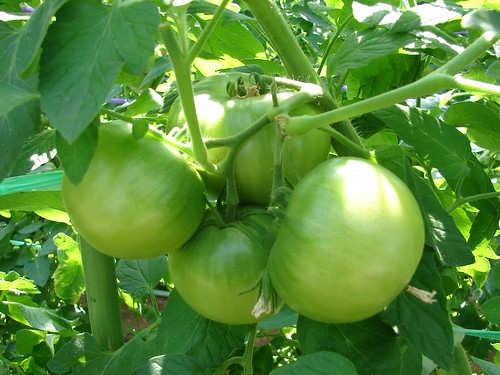May 19, 2010
Japan's MAFF Releases 'Agricultural New Technologies 2010'
Keywords: Environmental Technology Food Government
The Ministry of Agriculture, Forestry and Fisheries of Japan released "New Agricultural Technologies 2010" on February 18, 2010. To improve competitiveness in agriculture, stable food supply, and food self-sufficiency rate, the ministry annually announces agricultural techniques that should be spread in the production field imediately. They are selected from techniques developed by agricultural research institutes.
In "New Agricultural Technologies 2010", the following techniques were selected, aiming at four goals: realization of low-carbon agriculture through energy-saving techniques; production of high-value-added agricultural produce; improvement of forage self-sufficiency rate; and environmentally friendly plant protection.
"Realization of low-carbon agriculture through energy-saving techniques" is a comprehensive energy-saving techniuque that can reduce fuel oil consumption by over 30 percent without compromising quality. The approach combines thermal control system, thermal insulation material, and various heating methods for greenhouse horticultural.
A model for tomato farming with local heating method, high-precision temperature control system (controlled thermostat) and thermal insulation material estimates a reduction of fuel consumption by 37 percent and carbon dioxide (CO2) emissions by 6 tons (per 1,000 square meters). A strawberry farming model with similar methods estimate a reduction of fuel consumption by 48 percent and CO2 emissions by 12 tons (per 1,000 square meters). A rose breeding model with heat pump indoor heating, thermal control and heat-retention system estimates a reduction of fuel consumption by 64 percent and CO2 emissions by 44 tons (per 1,000 square meters).
Posted: 2010/05/19 06:00:15 AM
Related
"JFS Newsletter"
- Fifth Contest to Award Excellent Environmental and Social Practices by Junior High, High School Students
- Coco Farm & Winery: An Amazing Model of Special Needs Students and Community
- Locally Produced Food in School Lunches----A Challenge by Nyuzen, Japan
- Seikatsu Club: Japanese Cooperative Managed by Members' Will to Confront Social Problems
- Increase Revenues without Increasing Catches -- How the Sustainable Sakura Shrimp Fishery in Suruga Bay Does It
Related
"Popular Articles"
- Yukiguni Maitake and Grameen Group Launching Joint Mung Bean Project in Bangladesh
- Japan's Food Self-Sufficiency Ratio Unchanged at 40% for 8 Years
- Food Pictograms Used at APEC SME Summit 2010
- Rental Organic Farm Provides Farmland for Housing Development Project
- Greenpeace Survey Ranks Five Top Japanese Supermarket Chains for Fish Safety, Finds Problems



